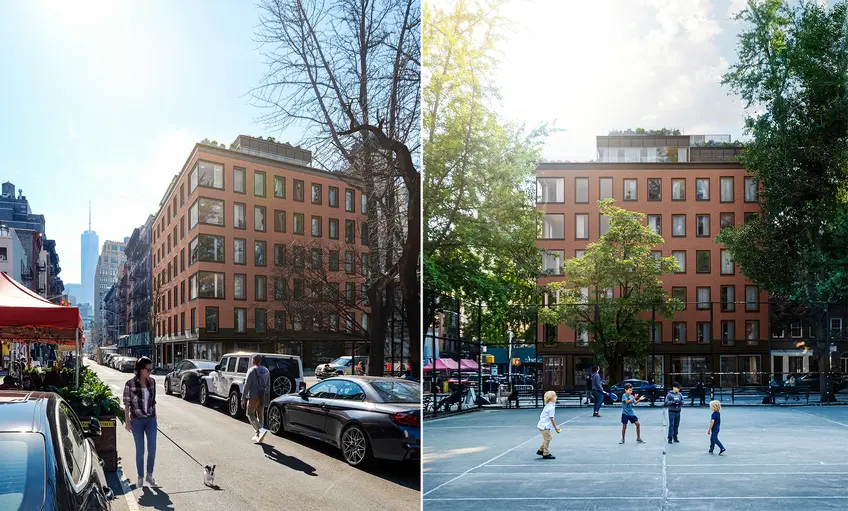 All images credit of Selldorf Architects via Landmarks Preservation Commission
All images credit of Selldorf Architects via Landmarks Preservation Commission
How times have changed where Greenwich Village meets Soho - when developer Stephane Boivin wanted to demolish the townhouse at 186 Spring Street, which he purchased from Beastie Boy member Adam Horovitz, the Landmarks Preservation Commission (“Landmarks”) declined to designate it an individual landmark, and the site did not require any review. However, following the designation of the Sullivan-Thompson Historic District in 2016, the team behind a new building planned for 182-186 Spring Street had to get Landmarks approval before construction could proceed. It will be a while before that takes place, though - Landmarks ruled not to approve the project.
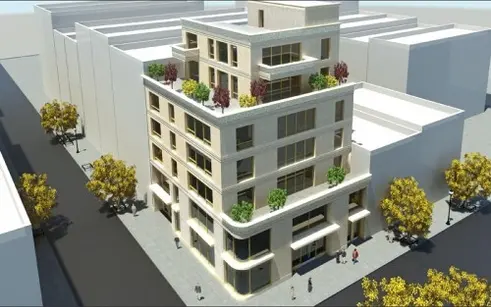 Previous design
Previous design
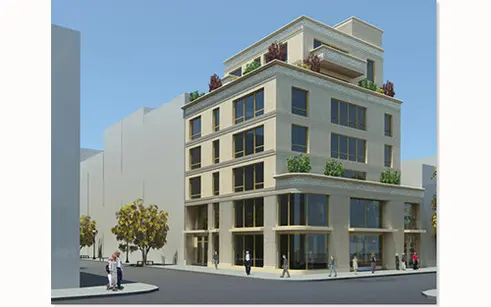
In this article:
Plans for 182-186 Spring Street date back to April 2011, when developer Mr. Boivin acquired 182 Spring Street for $10.1 million. He later purchased the townhouse at 186 Spring Street from Mr. Horovitz only to demolish it, much to the dismay of locals and his creditors. Mr. Bouvin’s Nordica Soho LLC later teamed up with Waterbridge Capital for a new building on this site and that of the neighboring buildings.
The proposal before Landmarks called for the demolition of the old buildings and for a new, seven-story building to rise in its place. The design by Selldorf Architects features mahogany wood doors, windows, and surrounds, a brick facade, and glazed terra cotta window surrounds. The finished product is set to include three retail spaces, a community space, and nine residential units, most likely luxury condos and including a penthouse with a private terrace.
The presentation cites Selldorf Architects’ 10 Bond Street as an inspiration for the window surrounds, and the brick facade is reminiscent of that of Park House, Selldorf Architects’ West Chelsea condo currently winding down construction and selling from $2.6 million. Like Park House, the new building does not appear to have many residential amenities, but benefits most from its enviable address. This one is across the street from Vesuvio Playground, two blocks from the Spring Street C/E subway stop, and close to West Broadway shopping, popular restaurants and cafes, Soho galleries and schools, and the Hudson Square Trader Joe’s.
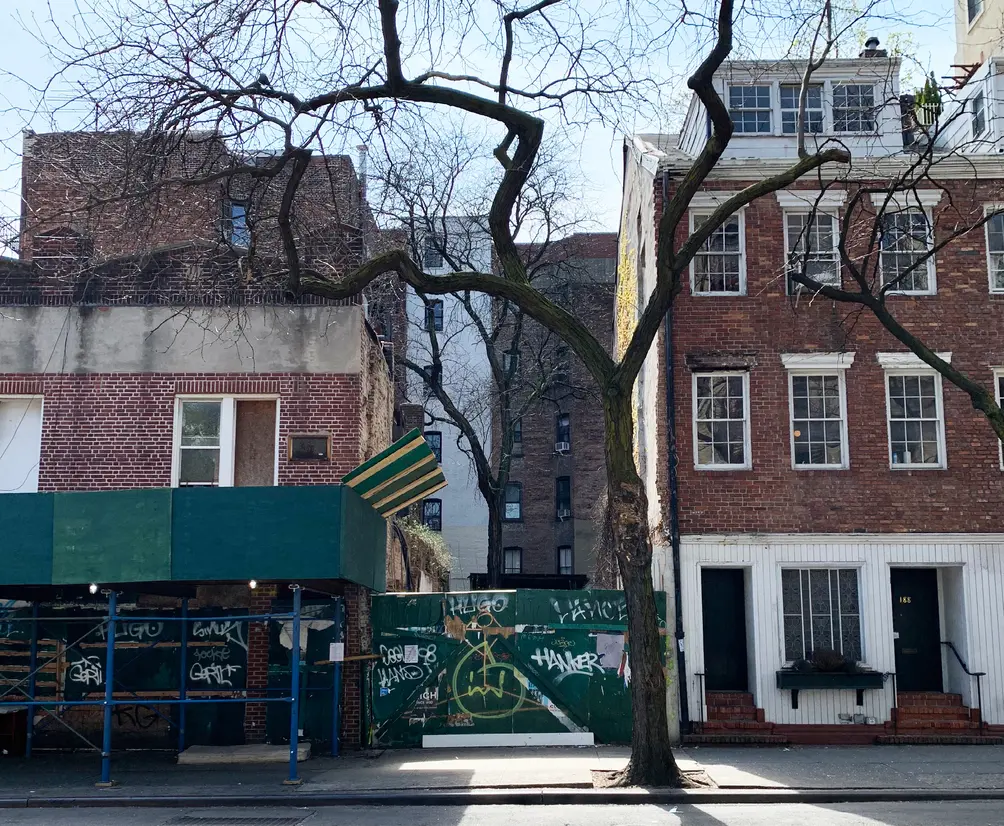 Vacant site at 186 Spring where Beastie Boys' Adam Horovitz's townhouse once stood
Vacant site at 186 Spring where Beastie Boys' Adam Horovitz's townhouse once stood
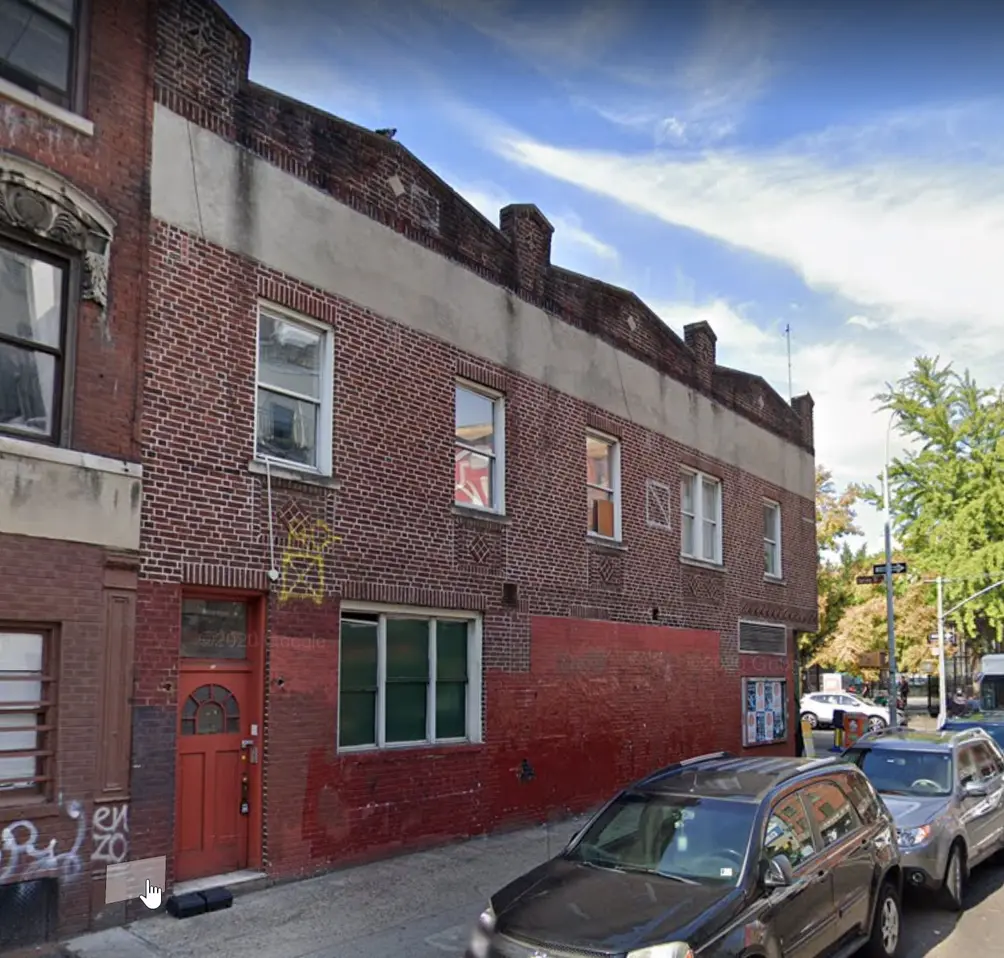 Two-story building at 182-184 Spring Street to be demolished
Two-story building at 182-184 Spring Street to be demolished
During the hearing, Landmarks noted that there were two separate issues at hand: the demolition of the old buildings, and the new one to rise on their site. The existing buildings barely warranted a mention in the historic district designation report, and their state of disrepair was such that locals and preservationists accepted that they would have to be demolished. Additionally, while the designation report found that buildings in the historic district “create some of Manhattan’s most distinctive 19th and early 20th century streetscapes,” many commissioners said that these two were not the type for which it was designated.
But while there was consensus about the demolition of the old buildings, the new one was not deemed a worthy replacement. Village Preservation used its testimony to say that the new building looked as if it belonged in an office park, and locals objected to the scale and lack of historic context. Some commissioners did not object to the building itself, but raised concerns about the penthouse, corner windows, glazed terra cotta window surrounds, and decorative details (or lack thereof, as Commissioner Diana Chapin lamented). Additionally, several commissioners said they would have approved the building in almost any location except this one, and sent it back to the drawing board.

“A more banal, boring, and cheap-looking design for a major new building on a corner site in a historic district can hardly be imagined” - John Graham, Victorian Society
It is interesting to note that the hearing took place at a time when the Soho/Noho rezoning and the housing units it could bring are a topic of conversation for many New Yorkers - the final vote takes place tomorrow (December 9, 2021). While this site is just outside the outlines of the rezoning map, it does raise similar issues about what kinds of buildings can go up in a historic district and how the developers and designers will have to appear before Landmarks before construction can proceed. Moreover, while Landmarks does not take the amount of potential new housing units into consideration, it is worth mentioning that this would not have brought a significant number to the neighborhood, and that these would most likely be attainable only for the wealthiest - Soho is among the most expensive neighborhoods in New York City (per CityRealty data).
Would you like to tour any of these properties?

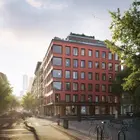
 6sqft delivers the latest on real estate, architecture, and design, straight from New York City.
6sqft delivers the latest on real estate, architecture, and design, straight from New York City.
